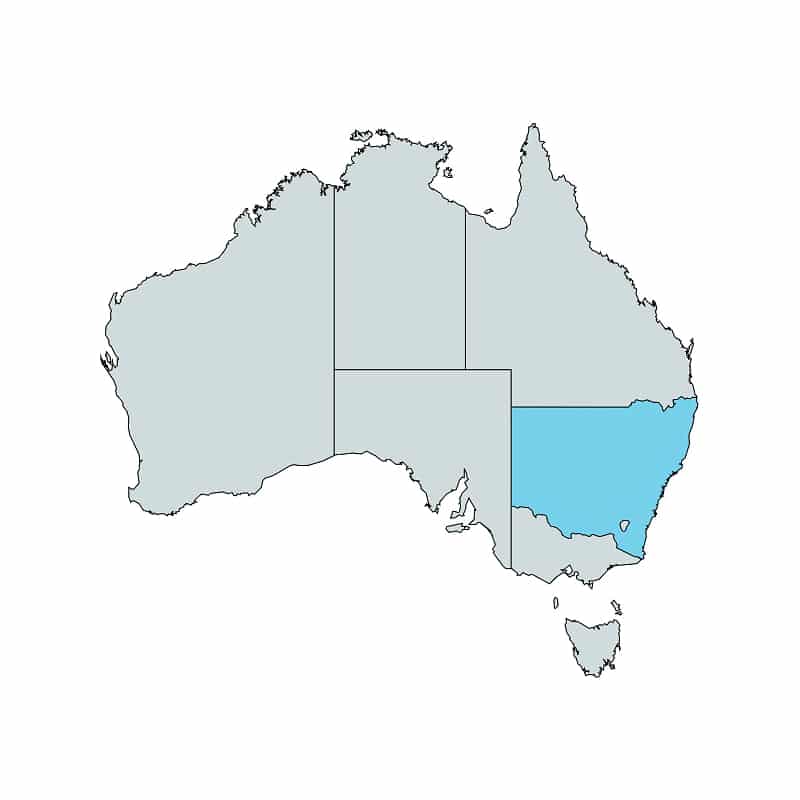Alex and Lucy Zychal are the owners of Wallaby Hill Sanctuary, a property located approximately 10km Northwest of Lismore, which is part of a forest remnant about 16km Southwest of Nightcap National Park. The sanctuary is a home and dedicated wildlife refuge, and was bought in 2002 purely for native fauna and vegetation conservation after being regenerated and protected by the previous owner for 12 years prior. It is Alex and Lucy’s intent to manage the property, which is also a member of Land for Wildlife and recognised as a Wildlife Refuge by the NSW State Government, in a sustainable manner over the long term with a rainforest restoration program.
The sanctuary covers approximately 21.05 hectares predominantly comprised of dry sclerophyll rainforest with sub-tropical rainforest elements. Vegetation types include brush box (Lophostemon confertus), rough-leaved elm (Aphananthe philippinensis), brown (Litsea australis) and green (Neolitsea australiensis) bolly gum, foambark (Jagera pseudorhus), cudgerie (Flindersia schottiana), red kamala (Mallotus philippensis), brown kurrajong (Commersonia bartramia), Moreton Bay fig (Ficus macrophylla), sandpaper fig (Ficus coronata), macaranga (Macaranga tanarius), native bleeding heart (Homalanthus populifolius), red (Toona ciliata) and white (Melia azedarach) cedars, sweet pittosporum (Pittosporum undulatum), hairy walnut (Endiandra pubens), native frangipani (Hymenosporum flavum) and the thorny pea (Desmodium acanthocladum), which is classified as Vulnerable both in NSW and nationally, among many other examples.
Numerous wildlife species are known to be present on Wallaby Hill Sanctuary, including the swamp wallabies (Wallabia bicolor), whiptail wallabies (Macropus parryi), eastern grey kangaroos (Macropus giganteus), long-nosed bandicoots (Perameles nasuta), brushtail (Trichosurus vulpecula) and ringtail (Pseudocheirus peregrinus) possums, grey-headed flying foxes (Pteropus poliocephalus), and many bird species such as the Wompoo fruit-dove (Ptilinopus magnificus) and powerful owl (Ninox strenua), listed as a vulnerable species in NSW.




